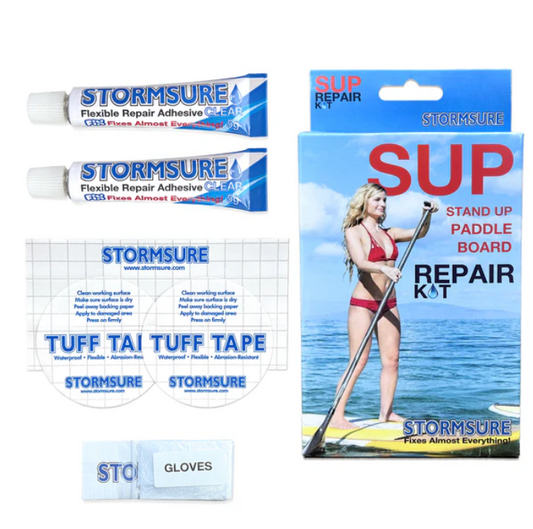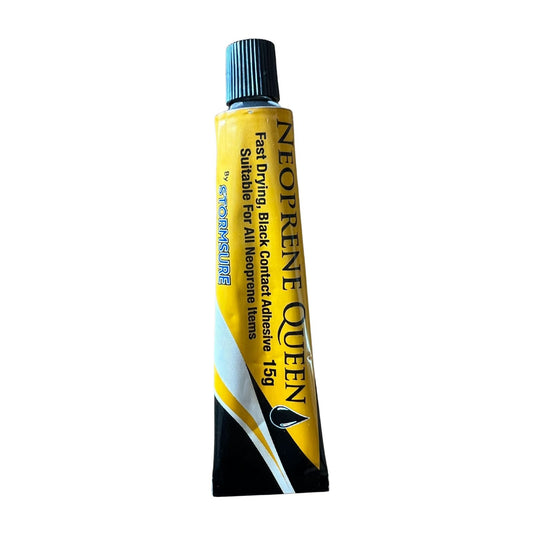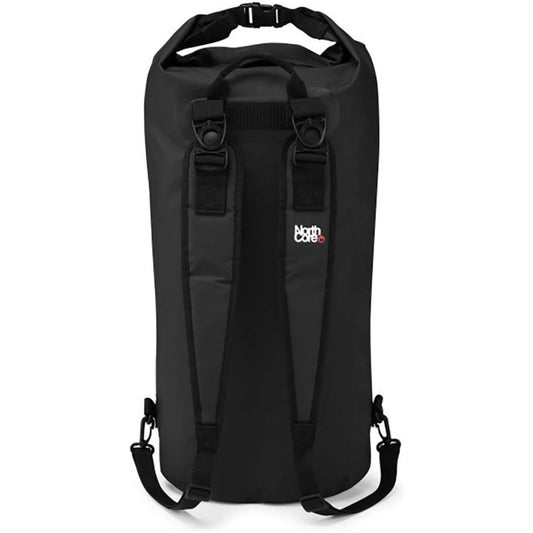Collection: Surf Essentials
Discover the Ultimate Surfing Essentials Collection
Welcome to Bob Gnarly Surf, your go-to destination for premium surfing gear. Our Surf Essentials collection offers everything you need for a great time in the water. Whether you are a beginner or a seasoned surfer, we have the best essential surf accessories for... Read More
Discover the Ultimate Surfing Essentials Collection
Welcome to Bob Gnarly Surf, your go-to destination for premium surfing gear. Our Surf Essentials collection offers everything you need for a great time in the water. Whether you are a beginner or a seasoned surfer, we have the best essential surf accessories for you.
This collection includes a curated selection of high-quality items designed to enhance your surf experience. From surfboard accessories to wetsuits and leashes, every piece is chosen for durability and performance. Explore our range to find the must-have surf equipment that fits your style and needs.
Top Surf Gear for Beginners and Experts Alike
At Bob Gnarly Surf, we understand the importance of reliable surf gear for beginners. Our surf gear for beginners category is perfect for those just starting out. It includes user-friendly and affordable options to build your confidence in the waves.
Experienced surfers can also benefit from our surf essentials gear that supports advanced performance. We recommend checking out our selection of fins, board bags, and wax. These items are designed to keep you prepared and comfortable during your sessions.
Essential Surf Accessories for Every Ocean Sports Enthusiast
Our collection goes beyond just surfing; it covers ocean sports essentials for all water lovers. Whether you enjoy stand-up paddleboarding or other marine activities, the gear here supports your every need. Durable wetsuits, waterproof storage, and protective accessories ensure your safety and ease on the water.
If you’re looking for surf travel essentials, we provide products that make traveling with your surf gear smooth and hassle-free. From compact drying hangers to travel pouches, prepare for your next adventure with confidence.
Why Choose Bob Gnarly Surf for Your Surf Essentials Gear?
Bob Gnarly Surf stands out by providing only premium surf gear that meets high standards. We base our selection on years of expertise and feedback from surfers worldwide. This dedication makes us a trusted surf accessories shop.
All our products are tested for durability in demanding marine conditions. You can rely on their quality in every wave. From sturdy leashes to breathable wetsuits, each essential surf accessory is crafted for your performance and protection.
Surfboard Accessories Designed for Performance
Surfboard accessories are critical for maximizing your surfing experience. Our selection includes everything from fins and wax to board repair kits. These items help maintain your board's performance and grip on the waves.
Keep your surfboard in top shape with our repair patches and tape, perfect for quick fixes. We also offer stylish and functional board bags that protect your equipment during transport and storage.
Beach and Surf Essentials for a Complete Experience
Enjoying your time at the beach requires more than just a board. Our beach and surf essentials include protective hats, water bottles, and sun care products. These items ensure your comfort and safety from dawn to dusk.
Stay hydrated with our durable water bottles and protect yourself from the sun with surf hats made for active ocean sports enthusiasts. These extras complete your surf day with convenience and style.
Explore Our Collection Today
Ready to upgrade your surf setup? Visit the Bob Gnarly Surf online store for the best surf essentials gear. We offer competitive prices and a wide selection that covers all your surfing needs.
Our easy-to-navigate website helps you find the perfect essential surf accessories quickly and efficiently. Whether shopping for surf travel essentials or daily surfing accessories, you’ll find everything in one place. Shop now and elevate your surfing experience with Bob Gnarly Surf. Reach out on our Live Chat (blue button below), if you need more help or advice.
Read Less-
Wetsuit Hanger Maxi Double System - Surflogic
Vendor:Circle One SurfRegular price £41.99 GBPRegular price£41.99 GBPSale price £41.99 GBP -
Stormsure TUFF TAPE Instant Waterproof Adhesive Repair Patches 75mm Circular - 5 pack
Vendor:Circle One SurfRegular price £5.99 GBPRegular price£5.99 GBPSale price £5.99 GBP -
Stormsure - Neoprene Queen Wetsuit Repair Kit - Black
Vendor:Circle One SurfRegular price £7.20 GBPRegular price -
Wetsuit Changing Mat - Grass Effect - Surflogic
Vendor:Circle One SurfRegular price £29.99 GBPRegular price£29.99 GBPSale price £29.99 GBP -
 Sold out
Sold outWetsuit Changing Mat - Surflogic
Vendor:Circle One SurfRegular price £27.99 GBPRegular price -
Stormsure - Stand Up Paddleboard (SUP) Repair Kit
Vendor:Circle One SurfRegular price £7.95 GBPRegular price -
Stormsure - Neoprene Queen Wetsuit Repair 15g - Black
Vendor:Circle One SurfRegular price £5.99 GBPRegular price -
Stormsure - TUFF Tape Self-Adhesive Waterproof Tape (1m Strip)
Vendor:Circle One SurfRegular price £7.99 GBPRegular price -
Key Lock - All Metal Construction - Surflogic
Vendor:Circle One SurfRegular price £39.99 GBPRegular price -
Wetsuit Changing Mat - Neoprene - Surflogic
Vendor:Circle One SurfRegular price £31.99 GBPRegular price£31.99 GBPSale price £31.99 GBP -
Stormsure Flexible Repair Adhesive 15g Tube - Clear
Vendor:Circle One SurfRegular price £8.99 GBPRegular price -
Wetsuit Hanger Double System - Surflogic
Vendor:Circle One SurfRegular price £31.99 GBPRegular price£31.99 GBPSale price £31.99 GBP -
Car Seat Cover (Single) - Surflogic
Vendor:Circle One SurfRegular price £35.99 GBPRegular price£35.99 GBPSale price £35.99 GBP -
Futures Surfboard Fins Key & Grub Screw Kit
Vendor:FuturesRegular price £3.79 GBPRegular price -
Northcore 40 Litre Dry Bag Roll Top Back Pack
Vendor:NorthcoreRegular price £36.95 GBPRegular price -
Northcore Waterproof Single Car / Van Seat Cover Black
Vendor:NorthcoreRegular price £29.95 GBPRegular price -
Northcore Waterproof Single Car / Van Seat Cover Camo
Vendor:NorthcoreRegular price £34.99 GBPRegular price -
Northcore Double Van Seat Cover Black
Vendor:NorthcoreRegular price £34.92 GBPRegular price -
Northcore Double Van Seat Cover Hibiscus
Vendor:NorthcoreRegular price £39.95 GBPRegular price -

 Sold out
Sold outNorthcore Double Van Seat Cover Camo
Vendor:NorthcoreRegular price £39.95 GBPRegular price

WIN SURF GEAR
Enter our epic prize draw competitions for as little as 99p a ticket






























